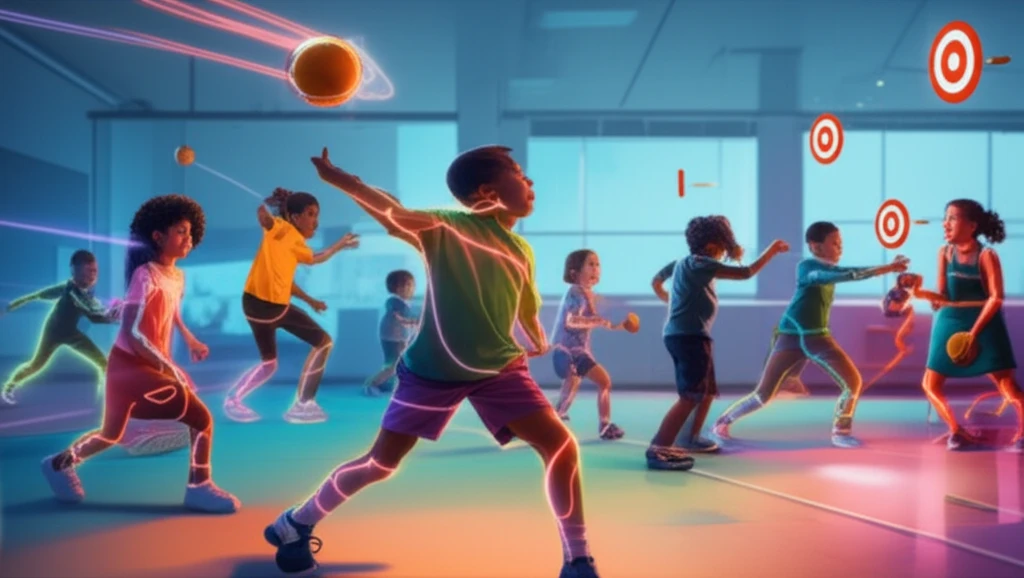
Unlock Your Child's Potential: Simple Tweaks to Skyrocket Learning in Physical Education
"Is your child struggling to master basic motor skills? Research reveals the surprising impact of feedback and focus on young learners, and how you can make a difference."
In the world of physical education, it's easy to assume that what works for adults also works for children. But when it comes to learning new motor skills, young children have unique cognitive and developmental needs. This article explores a fascinating study that dives into how first graders learn physical activities, revealing practical insights for parents and educators alike.
The study, published in the Journal of Teaching in Physical Education, examines the impact of attentional focus (internal vs. external) and feedback frequency on motor skill acquisition in young children. Forget rote memorization and repetition; this research highlights how simple adjustments to instruction and feedback can significantly boost a child's learning and performance.
Whether you're a parent wanting to support your child's physical development or an educator seeking to optimize your teaching methods, understanding these key principles can unlock your child's potential and foster a lifelong love of movement.
Decoding the Learning Process: Focus and Feedback in Action

The study involved 65 first-grade students who were taught an overhand throwing task. Researchers divided the children into four groups, each receiving a different combination of attentional focus and feedback frequency:
The Takeaway: Empowering Young Learners Through Smarter Strategies
The study's key finding is that while all children improved, those receiving frequent feedback performed better, regardless of whether the focus was internal or external. This suggests that young children benefit from consistent reinforcement and guidance when learning new motor skills.
Interestingly, the study also revealed that internal focus may be more effective for this age group, contrary to findings with older children and adults. This highlights the need for age-appropriate teaching strategies that consider the cognitive development of young learners. Avoid abstract concepts and focus on concrete, relatable cues.
Ultimately, understanding how young children learn motor skills is critical for fostering a positive and effective physical education experience. By prioritizing frequent feedback and tailoring instruction to their cognitive abilities, parents and educators can unlock their potential and set them on a path toward a lifetime of physical activity.
